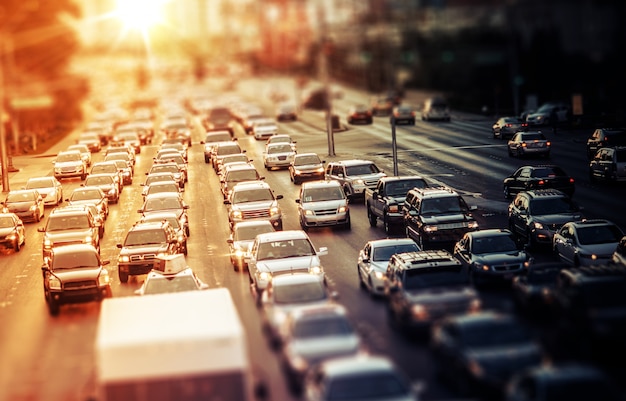Social Distancing has become the unanimous buzzword for 2020. It is repeated, almost on a daily basis, by health experts, news anchors, and all over social media. You have probably heard that social distancing is the key to beating the COVID-19 pandemic; that social distancing is the only way to “flatten the curve”. But do we truly understand what Social Distancing really is and how we can apply it in our daily lives to prevent further spread of the virus? In this article, we will be looking at the logic behind social distancing and why it is so important in helping everyday individuals protect themselves and others from getting infected.

What is Social Distancing?
Social distancing is a public health practice of maintaining a physical space or distance between individuals. The current WHO and CDC recommendation are to maintain a physical distance of about six feet (two meters) from other people. This is the reason why several government policies have been issued to suspend large public gatherings such as sporting events, concerts, church services, and school. In these settings and venues, it is almost impossible to maintain the appropriate social distance. The suspension of non-essential work and services is due to both the difficulty of maintaining distance in the working environment, as well as, in mass transportation during commutes.

Why does Social Distancing Matter?
The reason behind social distancing is because studies have now shown that the Coronavirus, or SARS-CoV2, is mainly spread person-to-person by respiratory droplets. This refers to the droplets released during coughing or sneezing which is capable of traveling for about six feet (two meters). A person may also be infected if they touch hands, surfaces, or objects that have droplets on them; then proceed to touch their own nose, mouth, or possibly eyes, without washing or properly disinfecting first.
If social distancing is not followed, the virus can be easily spread to more and more people. Research and epidemiologic data have shown that the number of secondary infections generated from one infected individual – is understood to be between two or greater for COVID-19 virus which is higher than approximately 1.3 - 1.6 for the Flu (Influenza). This means it may be possible for one infected individual to spread the disease to twice as many people as compared to that of the seasonal flu.
How does Social Distancing “Flatten the Curve”
You may have also previously come across the term “Flattening the Curve” from social media or other news outlets. The curve basically represents epidemiologic data that shows the number of people that will be infected by SARS-CoV 2 and the capacity of healthcare systems to treat it. Without any social distancing or precautions in place, the curve will rapidly surpass the capability of hospitals and healthcare professionals to treat all infected cases which could lead to an increase in mortality. However, with proper protocol and adherence to social distancing, the curve flattens which results in fewer cases which then reduces the risk of healthcare services becoming overwhelmed.

Social Distancing is not the cure to COVID-19. Social Distancing does not also completely eliminate the risk of contracting COVID-19. What social distancing does is it helps control and possibly reduce the rates of transmitting the virus. It helps protect yourself, those around you, and especially the vulnerable populations that may be more severely affected by this disease. It helps relieve the burden on healthcare facilities, allowing them to more adequately and effectively treat those who need it. No, Social Distancing may not completely beat COVID-19 but it gets us much much closer.


